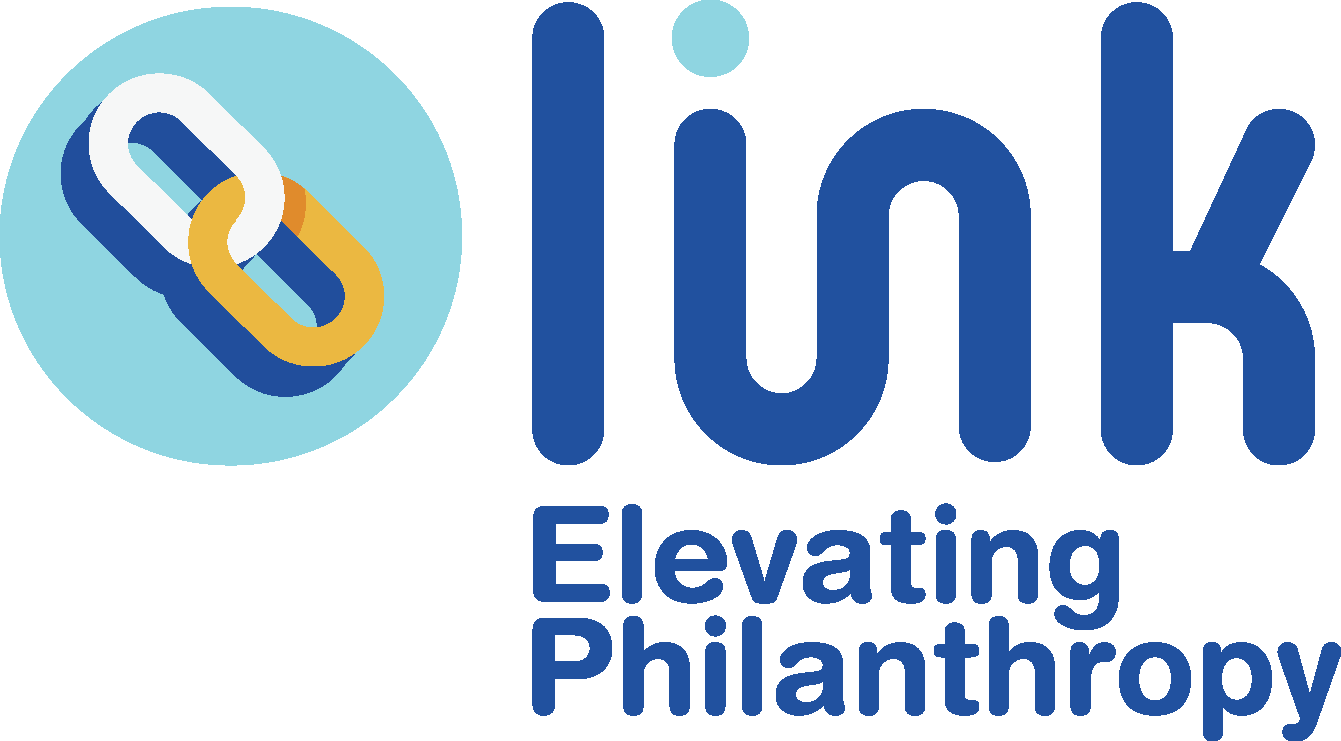The Truth Behind Three Common Planned Giving Myths
A successful planned giving program can be a great asset for any nonprofit organization. However, donors and organizations just starting down the road to planned giving may tend to think it will be overwhelming, complicated, or even detrimental to their annual giving. These are amongst the most common planned giving myths and can be easily mitigated. It’s time to do some myth-busting!
Myth: Planned giving is too complicated.
Truth: Planned giving can be incredibly simple! The term planned or legacy giving encompasses several different types of gifts, so there is an option that suits everyone. For 90% of donors, bequests make the most sense. The process of making a bequest is usually very straightforward and can be as simple as creating a will or adding a codicil (like an amendment) to a current will. From the organization’s perspective, bequests can be relatively simple to speak with donors about because most people understand the concept of a will even if they don’t yet have one. For more information about setting up a simple bequest program, check out THIS blog post.
Myth: Planned giving hurts annual giving.
Truth: Studies show that planned giving actually increases annual giving. Giving USA concluded that 45% of legacy donors increased their annual gifts while another 47% maintained their giving levels. After committing to a planned gift, donors are more invested in an organization’s financial stability and success and have been known to raise their annual gifts by up to 75%! Planned giving benefits both the donor and the organization. For more on setting up a legacy program, listen to my recent podcast interview with Elizabeth Abel, Senior Vice President of CCS Fundraising.
Myth: Planned gifts are only for the wealthy.
Truth: Anyone can make a planned gift! In fact, a planned gift may be the perfect option for someone who either needs their assets to live comfortably or would prefer to have control over their assets during their lifetime but still wants to make a lasting impact in the future. A legacy gift can be a great way to be philanthropic with limited resources. For more information, read my recent blog post.
Planned giving should be a vital part of the fundraising practice of every nonprofit organization. Understanding how planned giving works can help debunk many of the most common planned giving myths and inspire both donors and nonprofits to invest in a legacy program. If you have any questions, please feel free to reach out! We’d love to help.


